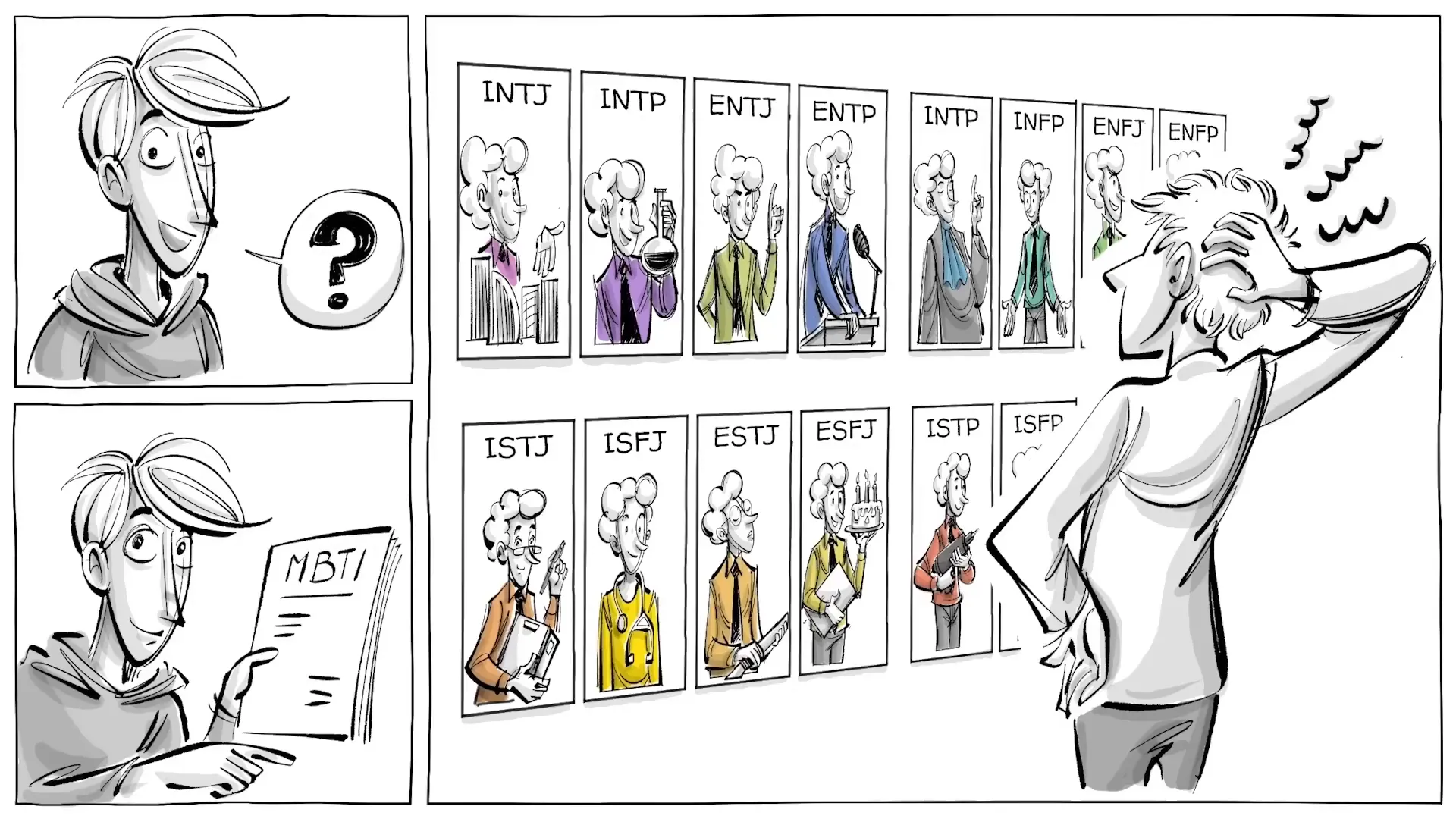Understanding the Myers-Briggs Type Indicator
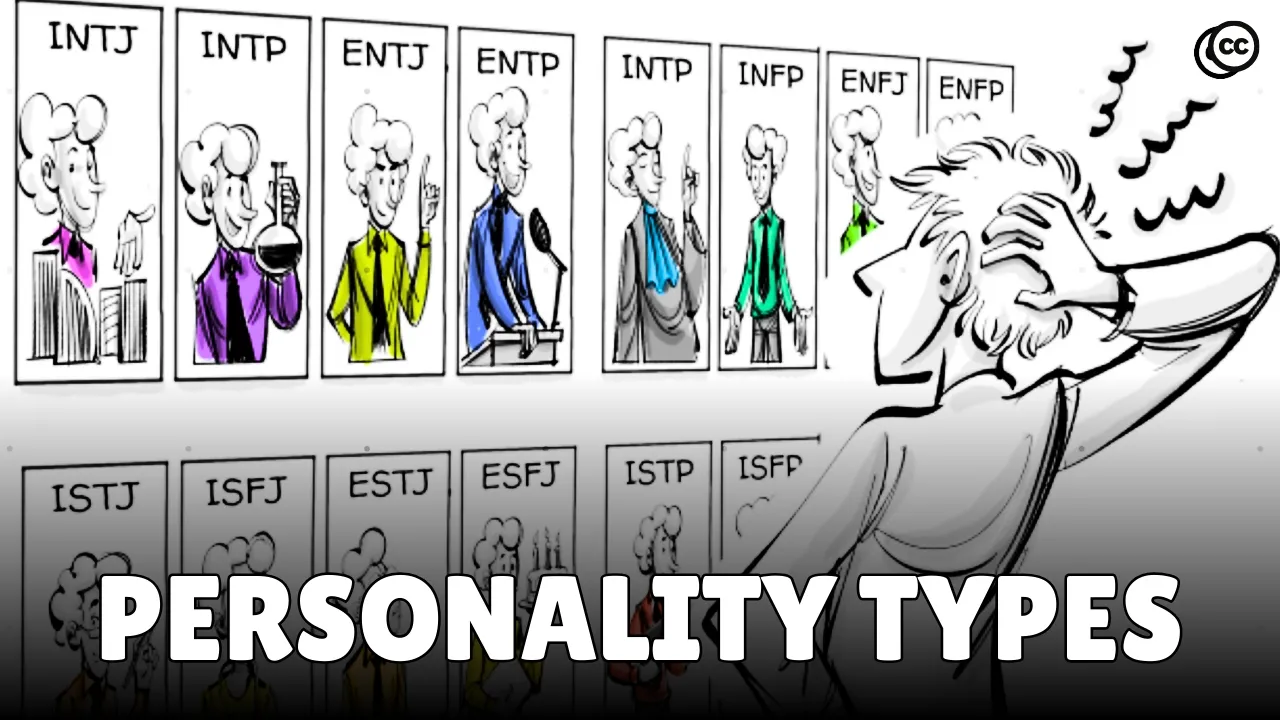
The Myers-Briggs Type Indicator (MBTI) is a fascinating tool that helps individuals understand their personality preferences and how they interact with the world. This self-assessment provides insights into how we perceive our surroundings and make decisions. It’s based on four key domains: sources of mental energy, processing of information, decision-making approach, and structure needs. Each of these categories has two contrasting sides, leading to a total of 16 unique personality types.
Intro to Myers-Briggs Type Indicator
Before diving into the intricacies of MBTI, it’s essential to keep a few things in mind. First, human traits exist on a spectrum. This means that you might find yourself somewhere in the middle of two extremes and could receive different results when you take the test multiple times. Second, the MBTI focuses on preferences. For example, someone who prefers extraversion might not be a true extrovert but simply feels more comfortable with that personality type. Lastly, it’s crucial not to take the results too seriously.
Exploring the Factors
To determine your MBTI type, ask yourself four fundamental questions:
- Do you focus outwardly or inwardly? Are you outgoing or more private? Do you speak impulsively or thoughtfully? Do you gain energy from being around others or prefer to recharge alone?
- How do you prefer to take in information? Do you focus on the current reality or dream of possibilities? Are you attentive to concrete details or do you see the big picture? Do you prefer practical ideas or enjoy exploring theories?
- How do you like to make decisions? Do you rely on logic or personal values? Do you prioritize fairness and justice or forgiveness and harmony? Are you inclined to find flaws in arguments or agree with others?
- How do you prefer to live your outer life? Do you like matters settled or prefer to keep options open? Do you believe rules should be respected or are they merely suggestions? Do you prefer detailed instructions or enjoy improvisation?
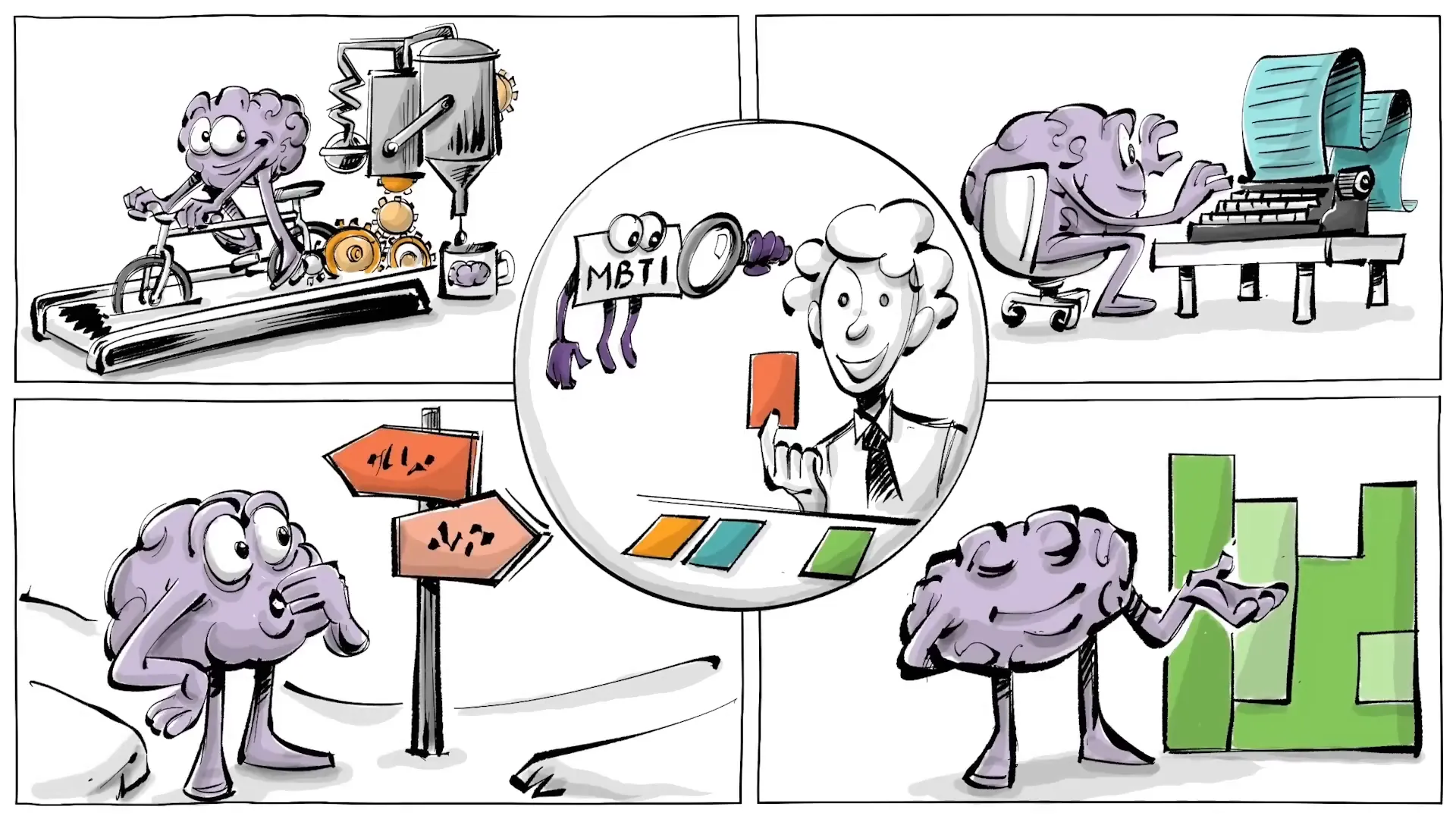
Discover Your Type
Once you’ve reflected on these questions, you can combine the letters that represent your preferences in each category. For example, if you identify with Extraversion, Sensing, Thinking, and Judging, your type would be ESTJ. Understanding what this means becomes clearer when we explore the 16 personality types.
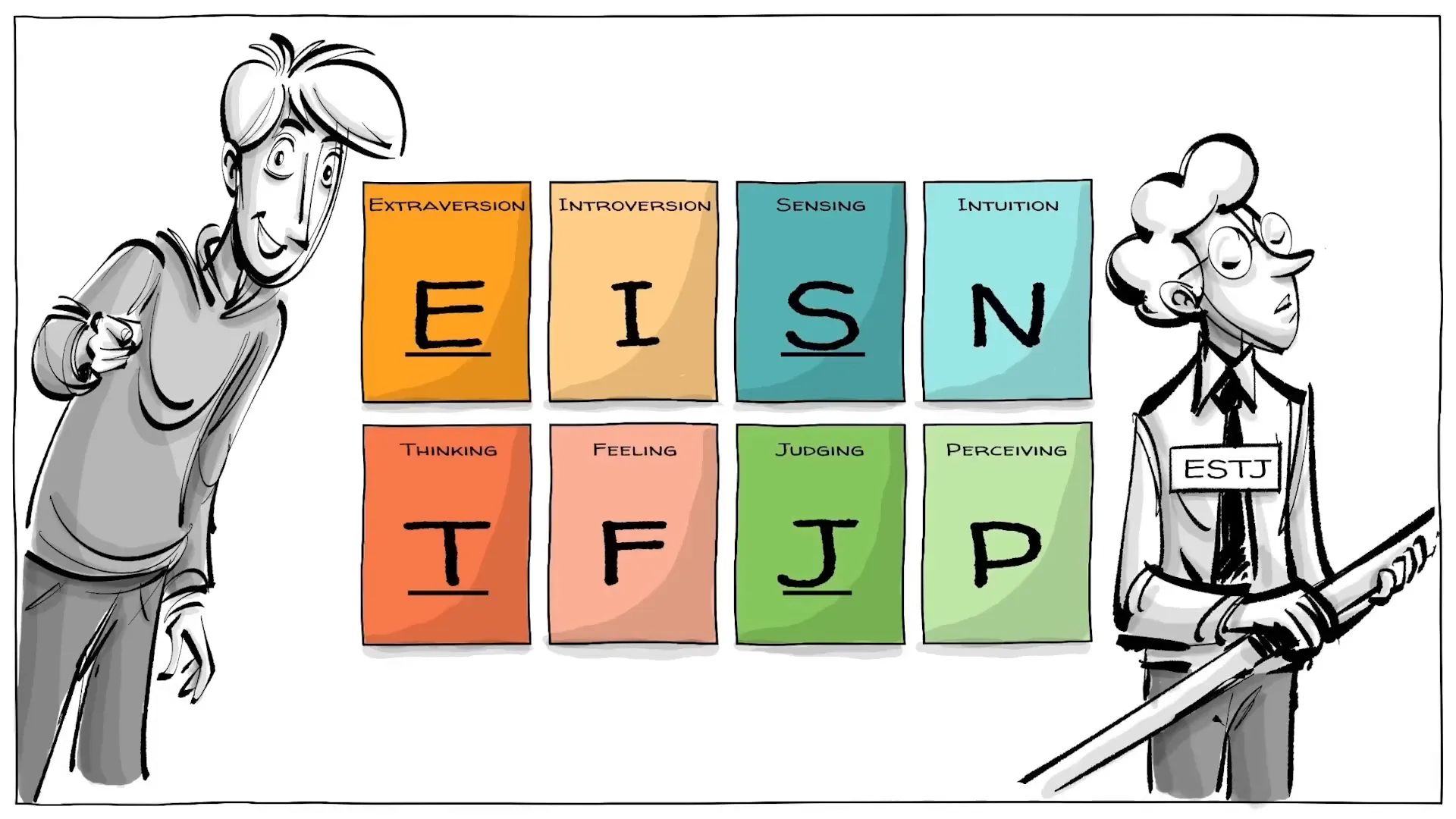
16 Personality Types
Let’s delve into the 16 personality types and what they signify:
- ESTP: Quick-witted and outspoken, ESTPs are doers who thrive in the moment. They excel at problem-solving and are often bored by routine.
- ESTJ: Known as guardians, ESTJs value security and organization. They are reliable colleagues who focus on completing tasks efficiently.
- ESFP: Friendly and social, ESFPs enjoy new experiences and make others happy. They often find themselves at the center of attention.
- ESFJ: Warm-hearted and cooperative, ESFJs are detail-oriented and empathetic, making them effective leaders.
- ENFP: Enthusiastic idealists, ENFPs see endless possibilities and thrive on creativity, often getting bored with mundane details.
- ENFJ: Known as givers, ENFJs are responsive and responsible, excelling in people skills and leadership roles.
- ENTP: Visionaries who think outside the box, ENTPs are quick and creative but often dislike routines.
- ENTJ: Confident and decisive, ENTJs are natural leaders who focus on competence and long-term planning.
- ISTJ: Calm and serious, ISTJs are dependable and detail-oriented, earning the nickname inspectors.
- ISTP: Known as mechanics, ISTPs are analytical problem-solvers who enjoy understanding how things work.
- ISFJ: Nurturers who care deeply for others, ISFJs are conscientious and committed to fulfilling their obligations.
- ISFP: Artists at heart, ISFPs are sensitive and loyal, preferring harmony over conflict.
- INFJ: The rarest type, INFJs are original and sensitive, driven by their strong intuition and values.
- INFP: Idealists who seek meaning in life, INFPs are reflective and motivated by a desire to help others.
- INTJ: Independent thinkers, INTJs are determined and analytical, often taking on leadership roles.
- INTP: Known as thinkers, INTPs are creative and rational, often lost in their thoughts and theories.
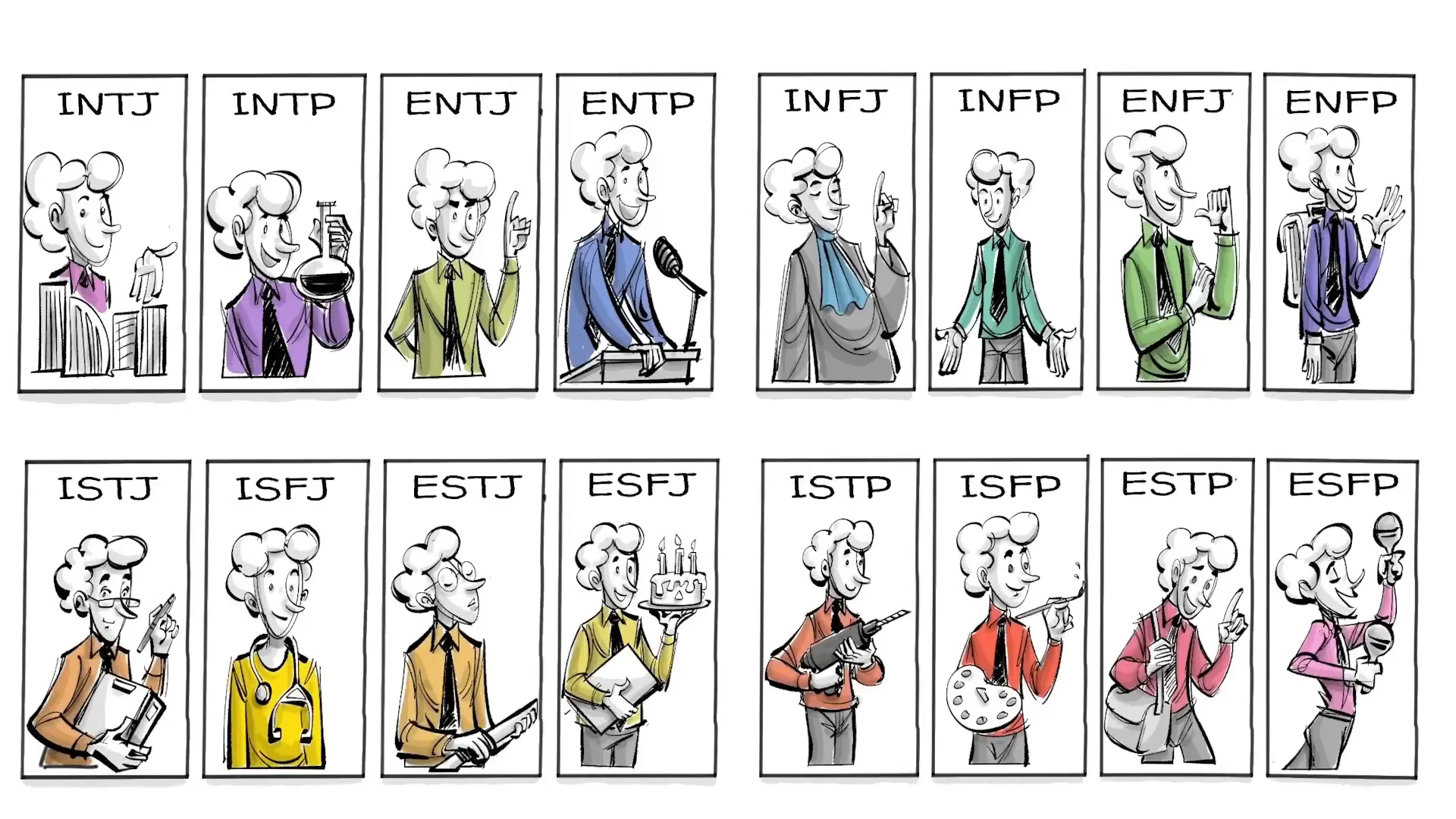
The Origins of MBTI
The foundation of the MBTI was laid by Katharine Briggs and her daughter Isabel Briggs Myers, who based their work on Carl Jung’s influential 1921 theory of psychological types. Their research and development of the MBTI have made it one of the most recognized personality assessments globally.

What Do You Think?
Can we truly categorize individuals into 2, 4, 8, or even 16 personality types and make accurate inferences about their behavior? This question invites a range of opinions, and readers are encouraged to share their thoughts in the comments.
